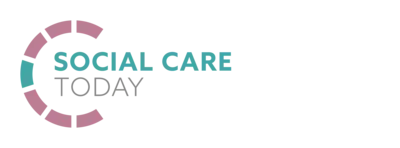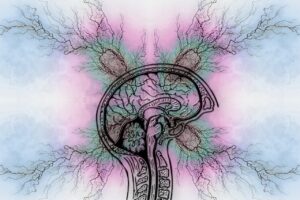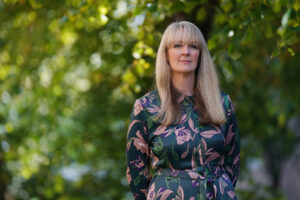How digital care pathways could improve under integrated care systems
The development of integrated care systems (ICS) is underway, with digital organisations working together to make the transition as smooth as possible. This is already having a life-changing effect on the healthcare sector.
Lisa O’Neill, business development manager at IEG4, shares insight into how technology helps patients and staff communicate better and provides a real-world example of how problems are being faced head-on in a bid to make the transition as easy as possible.
Data is crucial
There are deeply engrained administration issues within the NHS and local authority care services due to outdated systems, particularly around data and the quality of data entry on application forms. Often data at the point of entry isn’t right, which creates opportunities for errors to grow. To prevent this, we need to digitise them and bring everything up to the right standard.
Digitisation can support the aim of ICSs by providing a better joined up framework of professionals working together to support the needs of patients applying for funding through the NHS Continuing Healthcare (CHC) service. The acceleration of digital adoption has seen many examples of successful joint working in health and social care, such as Discharge to Assess which supports people leaving hospital – an item on top of the agenda of many healthcare professionals and government ministers.
Where this funding is coming from, either through the NHS or the local authority, is only part of the jigsaw. It’s just as important to create a package of care that fully meets the patient’s needs, whether that’s care at home, or residential care.
The availability of solutions that digitise the entire CHC process means that there’s a real opportunity to share relevant data much more effectively and to create a directory of services and provider information. This will enable better communication with the patient and their representatives, offering everyone full transparency of the process and helping them understand what the optimal care package of care could be.
Realise ROI and improve the situation for patients and the NHS
Integrated care boards’ (ICB) CHC teams assess some of the most complex and vulnerable patients within our communities and it is vital that every case is assessed, reviewed, and managed in a timely and professional manner to ensure better health experiences and minimise unnecessary stress and delays.
A digital end-to-end CHC solution provides optimal patient outcomes and user experience by driving increased productivity via workflow processes which speed up the decision- making process. Information flows seamlessly between processes, reducing duplication and errors. The self-service portals give both patients and providers the opportunity to digitally interact in real-time with the NHS regarding the CHC process.
Innovation requires investment in not just technology but in the people involved in the end-to-end process.
Evidencing the Benefits: Case study – Prestbury House and Norway Lodge
There are many benefits to digitising CHC that will provide efficiencies and improve the interoperability of different systems across different areas of health and social care, something critical to the success of an ICS.
In doing so CHC teams will see improved workflow efficiencies as digital referrals cut down on paperwork, reduce errors and lost information. It also creates transparency where digital models can speed up the decision-making process and allow patients to see up to date progress of their applications.
Prestbury House and Norway Lodge are two Care Homes in Cheshire that provide 24-hour residential, nursing, dementia and respite care for the elderly and deliver care services commissioned by Cheshire Integrated Care Board for Continuing Healthcare packages, including Funded Nursing Care (FNC).
By bringing their CHC services online and digitising their financial processes, staff at both care homes have reduced their workload and administration duties significantly. One care home manager quoted, ‘It is extremely efficient, easy to use, and it benefits both the provider and the NHS. We are now saving around two hours a week on admin. I just wish we had it sooner.’
Previous processes meant they would spend time tallying up the remittance advice notices with the invoices, to ensure that payments were made on time, for the requested amount, and for the correct patient. Prestbury House has reduced their workload by an hour a day, with Norway Lodge improving their financial administration from one day a month to ten minutes a week.
With a Digital CHC Provider Portal, this has now become an automatic process for both care homes. The portal allows the teams to notify the ICB when a patient is no longer in their care, which helps the finance teams for both the provider and ICB to keep up to date with patient balances – providing full transparency over each case to eliminate any communication errors or process gaps.
Creating better care for all
As with all digital efficiency within the public sector, it’s not just about ‘the technology.’ The key thing to consider is how we can change the culture and start to deliver better outcomes and efficiencies.
By bringing these services into a digitised system, we can create a better patient experience for CHC customers – as well as better outcomes and delivering better experiences for everyone that has a touch point with this service – an experience that goes back to the core roots of our NHS; to help people with dignity and empathy.
Images: Adi Goldstein and TheDigitalArtist
More features:
Adult social care reforms: how can councils step up to support those in need?

















